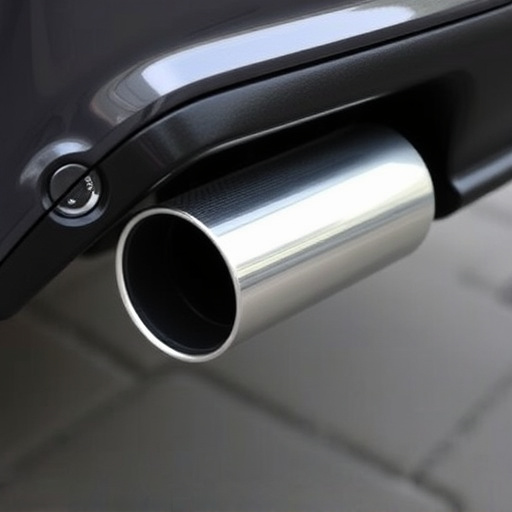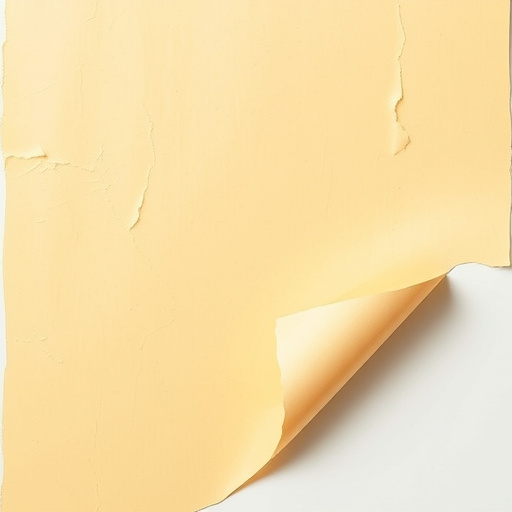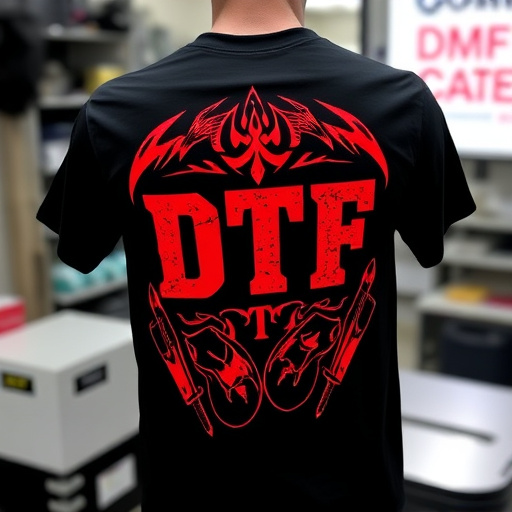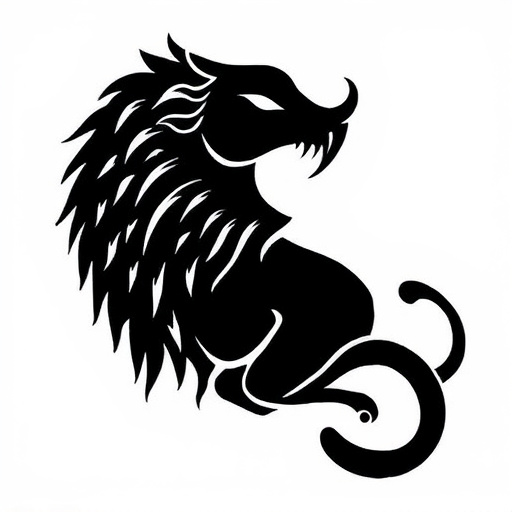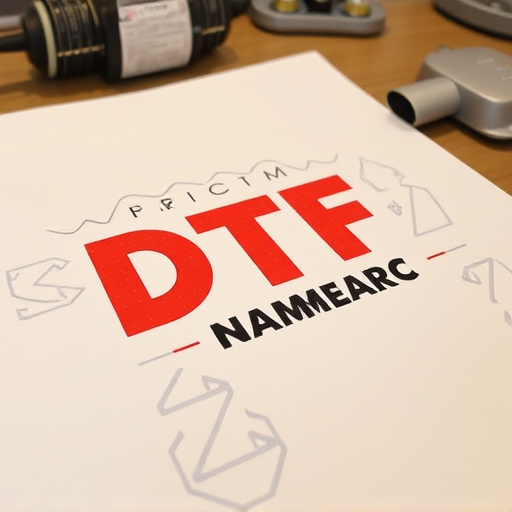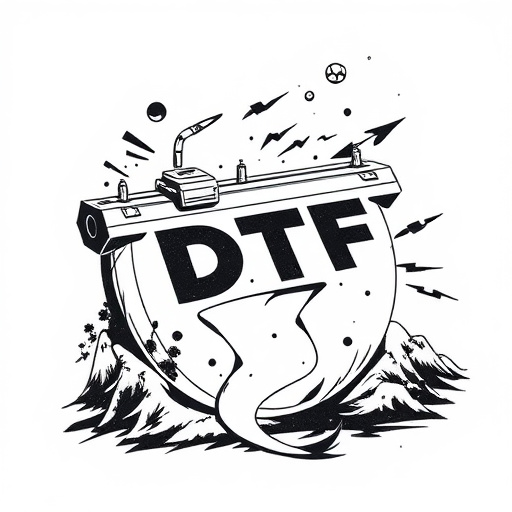DTF (Direct-to-Garment) transfers require proper storage to maintain design quality and printer longevity. Organize workspace with vertical storage, dedicated zones for materials, and a clean, dry environment. Maintain printer efficiency by regularly cleaning, replacing components, wrapping for long-term storage, and keeping detailed records of used materials.
“Unleash your creativity with DTF (Direct to Film) transfers using your printer! This guide is designed to help you master the art of storing materials efficiently. From understanding the unique properties of DTF transfer materials to implementing best practices for long-term preservation, we’ll navigate the process step-by-step. Learn how to prepare your workspace, choose suitable storage solutions, and maintain the quality of your transfers. Get ready to organize and preserve your DTF printer materials like a pro!”
- Understanding DTF Transfers and Their Materials
- Preparing Your Workspace for Efficient Storage
- Best Practices for Long-Term Material Preservation
Understanding DTF Transfers and Their Materials

DTF Transfers (Direct-to-Garment) represent a cutting-edge technology in the printing industry, specifically tailored for transferring designs onto various materials, most commonly textiles. This process involves applying ink directly to the surface of a garment or other substrates using specialized printers, like the best DTF printer models available today. The key advantage lies in its versatility and ability to produce high-quality, intricate designs with precise color replication.
Understanding how to store the materials used with DTF Transfers is crucial for maintaining quality and ensuring long-term usability. After printing with a heat press or utilizing cold peel DTF transfers, proper storage involves keeping the printed items away from direct sunlight and extreme temperatures. Additionally, storing them in a clean, dry environment prevents ink from fading or drying out, preserving the vibrancy and detail of the design for future use.
Preparing Your Workspace for Efficient Storage
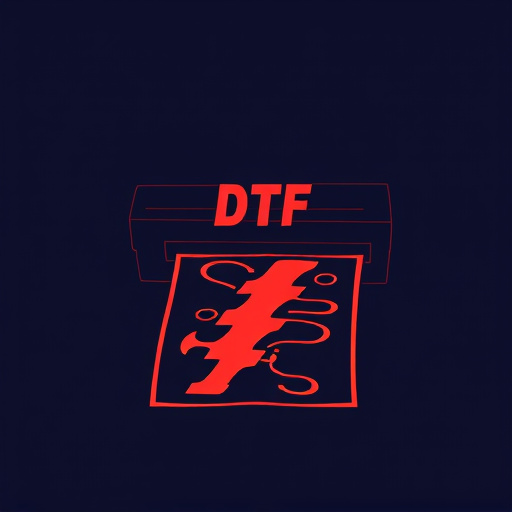
When setting up a workspace for storing materials used with a DTF Transfers Printer, efficiency is key. Start by decluttering your work area and ensuring ample space for organization. Utilize vertical storage solutions like shelves or cabinets to maximize floor space, especially if you’re dealing with bulk DTF shirt production. This approach not only keeps your workspace neat but also facilitates quick access during the printing process.
Consider dedicating specific zones for different materials—ink, paper, finishing supplies, and even stored printed designs. Using a best DTF printer, maintaining an organized system allows for seamless workflow in DTF for Apparel projects. Whether you’re a seasoned professional or just starting with this technology, efficient storage practices can significantly enhance your overall productivity and streamline the production process.
Best Practices for Long-Term Material Preservation

To ensure long-term preservation and optimal performance of your DTF Transfers Printer materials, several best practices should be implemented. First, maintain a clean and dry storage environment. Moisture and contaminants can damage sensitive components and ink, so keep materials in a cool, well-ventilated area free from direct sunlight. Invest in custom sheets for heat pressing designs onto garments, as these are designed to protect both the printer and the fabric during the transfer process.
Regularly inspect your supplies for any signs of wear or degradation. Replace worn-out items promptly, such as print heads and ink cartridges. For long-term storage, consider wrapping each component in protective materials like silk or cotton fabrics to prevent dust accumulation. Additionally, keep a record of all used materials, including dates and batch numbers, to track their performance and facilitate future purchases of compatible DTF printing for light fabrics supplies.
Storing materials used with a DTF Transfers Printer efficiently is key to maintaining quality and accessibility. By understanding the components, preparing your workspace, and implementing best practices, you can ensure long-term preservation of your print materials. Remember to keep items organized, use suitable storage containers, and maintain a clean environment to maximize the lifespan of your DTF Transfer printer supplies. This approach will allow for seamless creativity while preserving the integrity of your prints in the long run.


